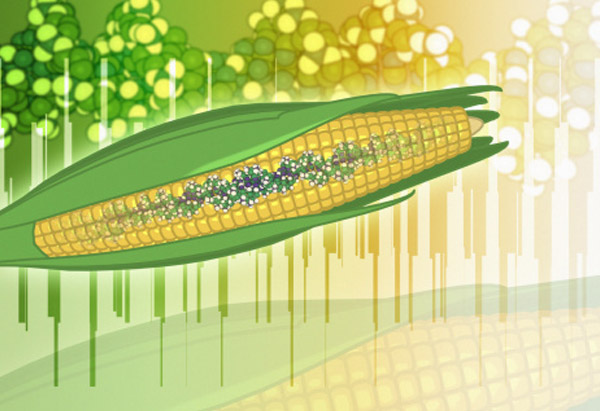5 Ways to Lessen Your Exposure to GMOs

Photo: Thinkstock
While politicians debate regulations for labeling and researchers explore the safety issues, there are a few things you can do now if you want to reduce your exposure to GMOs.
Buy organic. Certified organic producers are not allowed to use GM seeds. (Bear in mind, though, that there are no guarantees: There is a slight possibility that organic crops may have been contaminated by nearby GM crops through cross-fertilization.)
Look for the "Non-GMO Project Verified" seal. This stamp means that the producer uses best practices to avoid GMO ingredients. Nearly 6,000 products already carry the seal, and Whole Foods has committed to certifying all its store-brand products (called 365 Everyday Value) with the Non-GMO Project.
Check supplement and vitamin labels. Coatings and fillers are often sourced from GM corn and soy (you'll find them hiding under names like maltodextrin and citric acid), and some pills are produced using GM bacteria and fungi. Go to nongmoproject.org to search for verified brands.
When possible, steer clear of nonorganic products made with ingredients that are most likely GM: corn, soy, canola oil, cottonseed oil, and sugar (unless the label says "pure cane sugar").
Download the ShopNoGMO app to your iPhone, or print out a cheat sheet from nongmoshoppingguide.com. Both list products—from cereals to condiments to baby food—that avoid GM ingredients.
Next: How genetically modified foods affect your health
More on Health
Buy organic. Certified organic producers are not allowed to use GM seeds. (Bear in mind, though, that there are no guarantees: There is a slight possibility that organic crops may have been contaminated by nearby GM crops through cross-fertilization.)
Look for the "Non-GMO Project Verified" seal. This stamp means that the producer uses best practices to avoid GMO ingredients. Nearly 6,000 products already carry the seal, and Whole Foods has committed to certifying all its store-brand products (called 365 Everyday Value) with the Non-GMO Project.
Check supplement and vitamin labels. Coatings and fillers are often sourced from GM corn and soy (you'll find them hiding under names like maltodextrin and citric acid), and some pills are produced using GM bacteria and fungi. Go to nongmoproject.org to search for verified brands.
When possible, steer clear of nonorganic products made with ingredients that are most likely GM: corn, soy, canola oil, cottonseed oil, and sugar (unless the label says "pure cane sugar").
Download the ShopNoGMO app to your iPhone, or print out a cheat sheet from nongmoshoppingguide.com. Both list products—from cereals to condiments to baby food—that avoid GM ingredients.
Next: How genetically modified foods affect your health
More on Health



